Netflix’s “The Crown” has been critically acclaimed for its dramatic portrayal of Britain’s royal family, thanks in large part to its keen attention to detail. Everything from the elaborate set design to luxurious costumes have been carefully reconstructed over the course of three seasons.
For this November’s highly-anticipated fourth season, which covers the time period between 1977 and 1990, Emmy award-winning costume designer Amy Roberts was tasked with dressing both reoccurring characters as well as new additions, such as Prime Minister Margaret Thatcher (Gillian Anderson) and Diana, Princess of Wales (Emma Corrin).
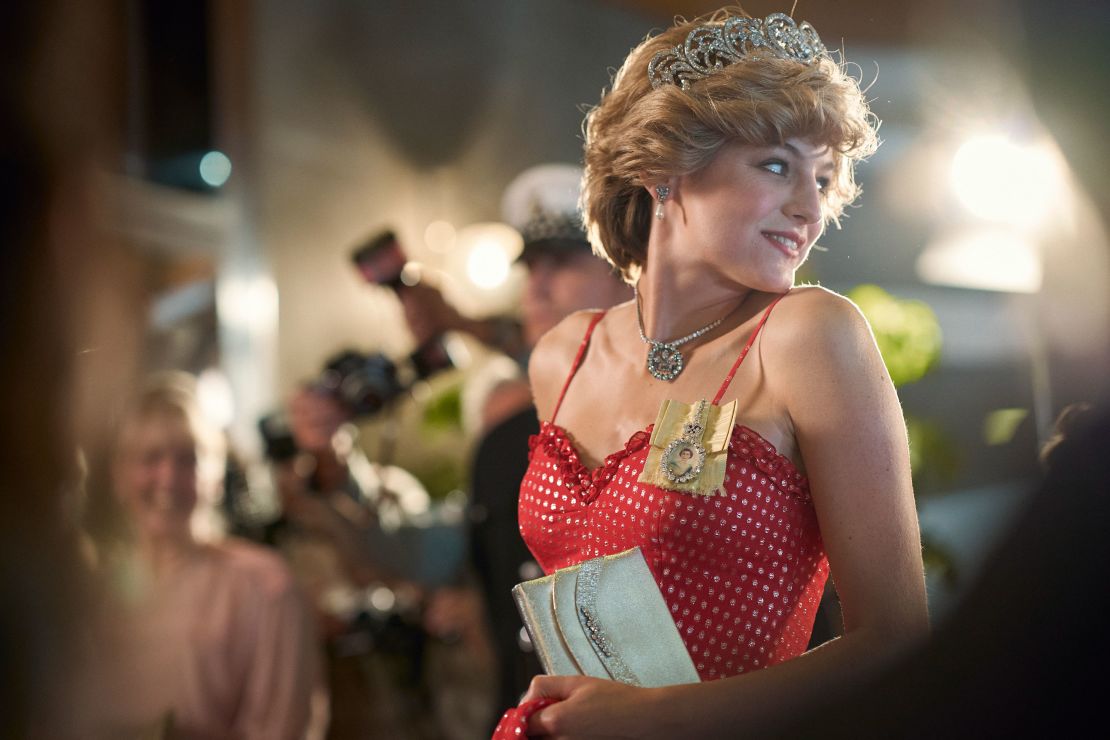
Diana of course, went on to become a beloved fashion icon and the reconstruction of the late Princess’ outfits – particularly her ivory taffeta wedding gown – will be of particular interest to viewers. Roberts and her team worked with David Emanuel, one half of the of the original designers of the 1981 dress (he collaborated with his then-wife Elizabeth Emanuel), in order to accurately replicate it for the show.
As much as she was known for her statement-making gowns – many of which have been sold at auction – Diana’s casual, irreverent style outside of formal events, is what is still being emulated today.
The late Princess for example, was designer Virgil Abloh’s muse for his Spring-Summer 2018 Off-White collection that featured patterns, big-shouldered silhouettes and even bicycle spandex shorts inspired by her fashion choices.
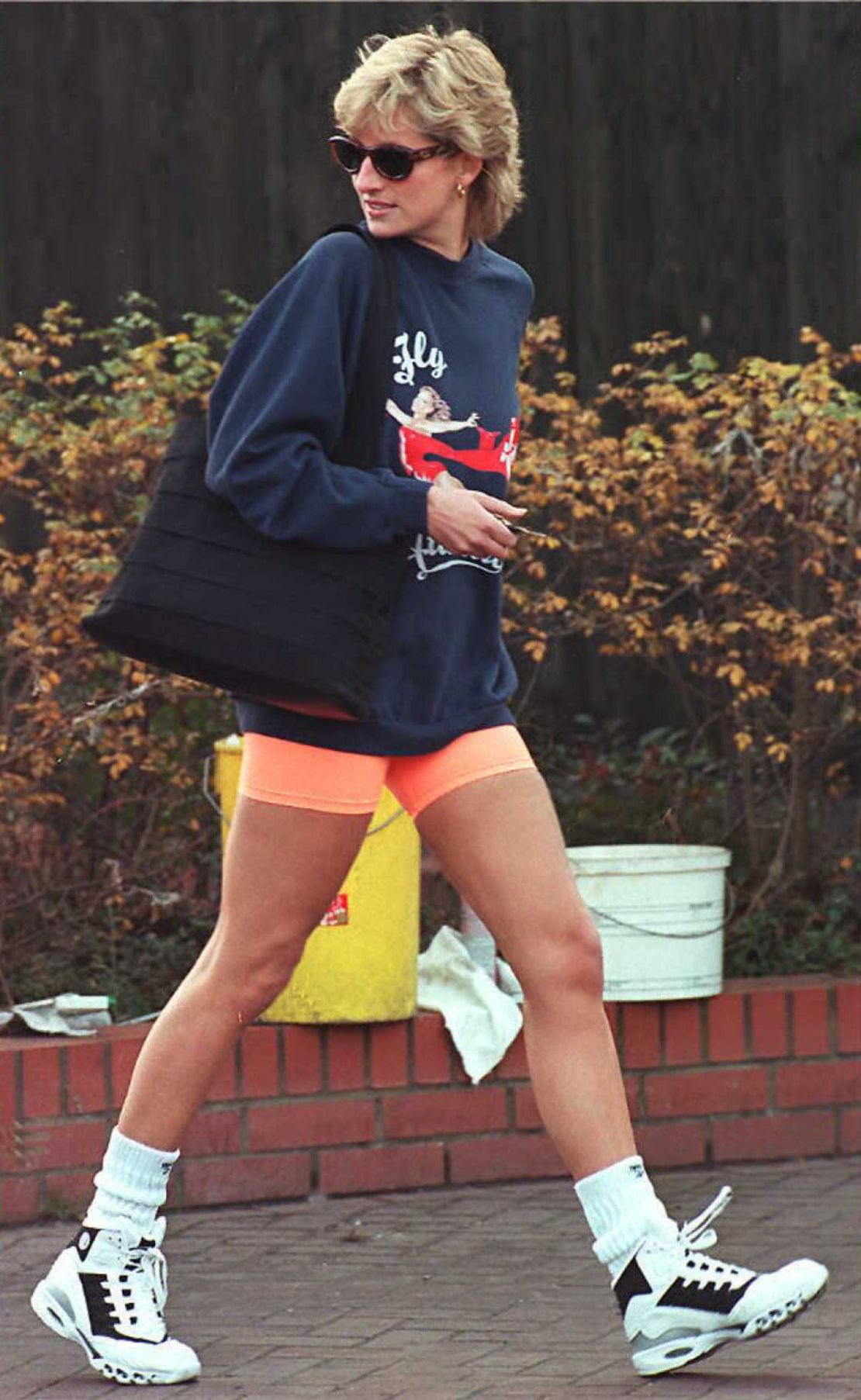
In October, an exact replica of the royal’s iconic “black sheep” knit pullover – red, with rows of white sheep and a lone black one – was released and now only available for pre-order due to “overwhelming demand.” The original piece is part of the Victoria & Albert Museum’s permanent collection and the look will feature in episode three in the upcoming season.
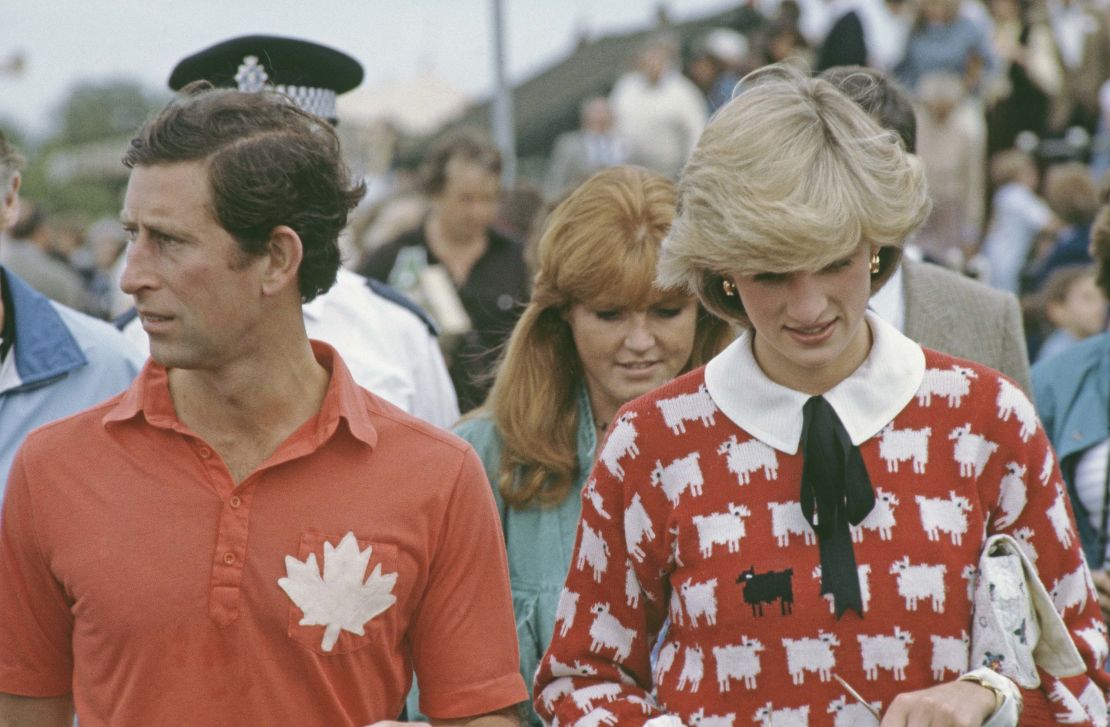
Accompanying the launch is a virtual exhibition, “The Queen and the Crown,” presented by The Brooklyn Museum in collaboration Netflix. The online interactive spotlights the most significant looks from the new episodes, including Queen Elizabeth II’s “Trooping the Color” suit and Diana’s pink silk gown which she wore on the 1983 Australia tour.
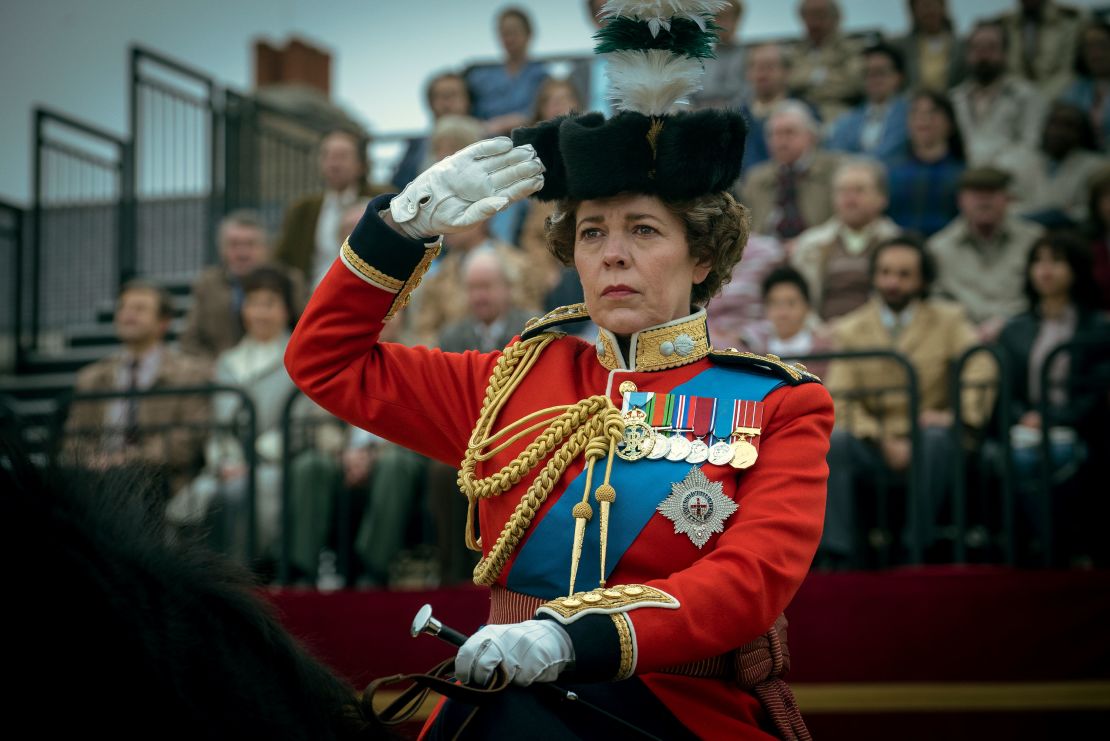
Visitors are able to zoom into the digitally rendered costumes, watch snippets from the show and gain insight into the creative processes behind Roberts’ team – from selecting color palettes and sourcing fabrics to crafting silhouettes.
Below, Roberts shares on some of her favorite outfits and how they came to be.
Did you select the looks depicted at the virtual Brooklyn Museum exhibit? If so, why did you pick these in particular.
It was an equal collaboration between Netflix, myself and my assistant Sid. Netflix were very keen on showing Diana’s wedding dress and the Queen’s Trooping of the Guard uniform, both (were) very iconic and visually exciting outfits so that made absolute sense. Sid and I were keen to show the very different interpretations of the Queen in a suit and Thatcher in a suit, so we chose these two.

The Diana looks we felt showed that youthful, vibrant, and very 1980s freshness being bought into the Palace. The Princess Margaret fine wool two-piece is a personal favorite, it just seems to me to encapsulate the 1980s again and Margaret’s utter turmoil and unhappiness in that jagged, “bruised” color and pattern.
Do you have a specific look from this season that you really loved creating? Or a character you were really excited to dress?
I loved creating Margaret Thatcher’s look. To demonstrate someone who was very aware of her image, adopting the signature power dressing of the 1980s, it was exciting to address the mood of each of her scenes and design an appropriate look. (We moved) from the softer pleated skirt suits, pussy bow blouses to the streamlined wide shoulder, dark colors as her story progresses.

How did you use fashion to capture the essence of Princess Diana? Did you feel any pressure creating the looks for such a beloved fashion icon?
I think Diana’s look through Season 4, was very much illustrating her journey. From a young girl not particularly interested in fashion or style, wearing bobbly jumpers, gathered skirts and scuffed flat shoes, through to her slightly middle-aged engagement suit bought in a rush ‘off the peg,’ to marriage in the famous David and Elizabeth Emmanuel wedding dress – a fantastical look encouraging our belief in this fairy tale wedding.
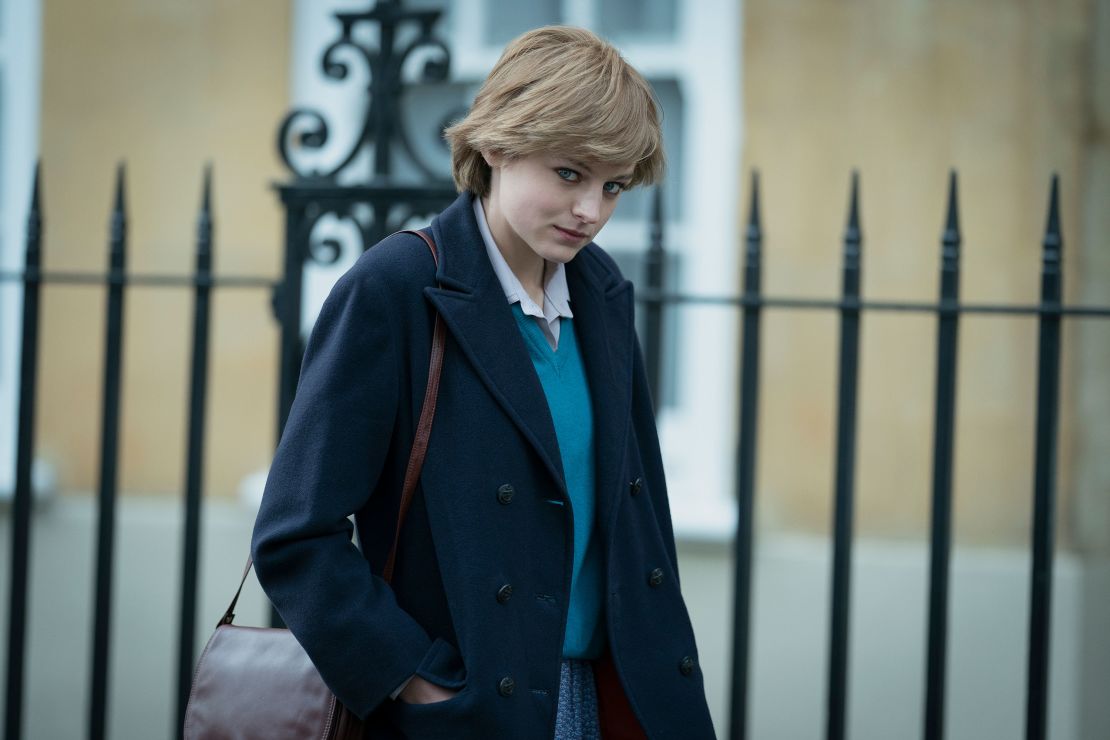
(Through) motherhood (and) the Australian tour, we see still a young woman being dressed up in silk dresses with big collars and shimmering evening dresses. Optimistic pinks and blues and turquoise all disguising her deep unhappiness. Towards the end of the season she finds a measure of strength in realizing the adoration she instills from the public and her clothes become more chic, streamlined and powerful.
I didn’t allow myself to feel pressure otherwise I’d never have left my front door!
What was your experience collaborating with David Emanuel to replicate Diana’s wedding dress. Could you talk me through the process of recreating it?
It was the best experience working with David. He was just incredibly generous and non-precious about the dress. He said, “just get on with it and enjoy it.” We had several fabric sample colors, it was quite hard (as) every reference image was a different shade of cream! He, without a moment’s hesitation, said “that’s the one!” and so we just got on with it.
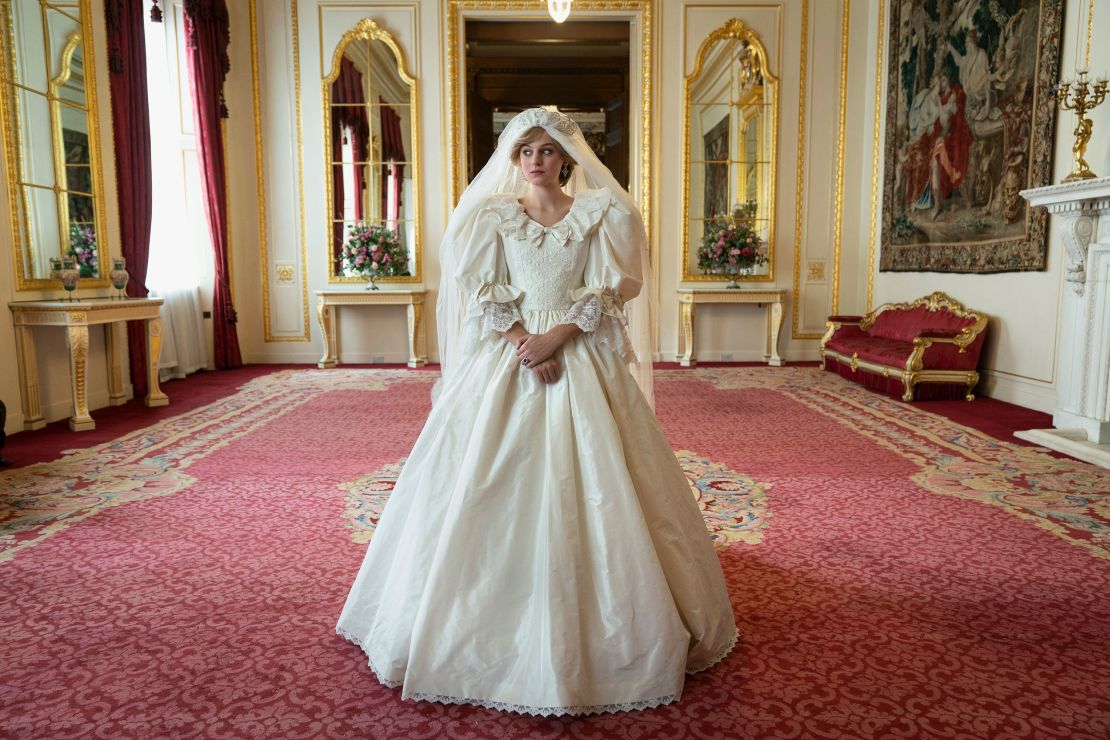
The dress was made in-house at Elstree studios. The pattern was cut by the wonderful Sue Crawshaw, our head of workroom. The first fitting was all about getting the proportions right, the sleeves, the fullness of the skirt the, length of the bodice. We had about seven fittings. The final one was with the veil with a copy of the Spencer Tiara, the 25-ft train, the hundreds of pearls attached, the lace which was a copy of the original made in the same Nottinghamshire factory. I think we all felt quite emotional!
“The Queen and The Crown” virtual exhibition is available to view online through December 13


































































